Selecting the right wig for different seasons is not just a matter of fashion; it’s a key aspect of overall comfort, confidence, and hair health. Here, we’ll delve deeper into why choosing the appropriate wig for each season is crucial:
Comfort and Confidence
Wearing a wig that suits the season ensures that you remain comfortable throughout the year. In the scorching heat of summer, a heavy, insulating wig can become unbearable, while in winter, a lightweight wig may leave you feeling cold and exposed. When you feel comfortable in your wig, your confidence soars. You can fully enjoy social events, professional engagements, or just your everyday life, knowing that your hair looks and feels just right.

Adaptation to Weather Conditions
Different seasons bring various weather conditions, and your wig choice should adapt accordingly. Hot and humid summers, for instance, can lead to excess sweating and discomfort, making breathable wigs a necessity. In cold, dry winters, it’s essential to choose a wig that provides warmth and insulation to protect your scalp and maintain comfort.
What are Seasonal Wig Considerations
How Temperature Affects Wig Choice
Hot and Humid Summers

Hot and humid summers can pose unique challenges for wig wearers. Choosing the right wig during this season is crucial for comfort and style.
- Breathability is Key: Opt for wigs made from lightweight and breathable materials. Synthetic wigs with open weft caps or lace front wigs are excellent choices. These wigs allow air circulation, preventing excess sweat and discomfort.
- Shorter and Lighter Styles: Consider shorter wig styles during the summer months. Pixie cuts, bob wigs, or shoulder-length styles not only look chic but also help keep you cool. Lighter colors can also reflect sunlight and reduce heat absorption.
- Maintenance for Hot Weather: In hot and humid conditions, you’ll need to pay extra attention to maintenance. Regular washing and conditioning are essential to remove sweat and oils that can accumulate. Styling products with anti-frizz properties can help combat humidity-induced frizz.
Cold and Dry Winters
Cold, dry winters demand a different approach to wig selection to ensure warmth and protection from the elements.
- Insulation and Warmth: Choose wigs made from thicker and warmer materials like human hair or heat-friendly synthetic fibers. These wigs provide insulation against the cold and help maintain a comfortable temperature on your scalp.
- Longer and Fuller Styles: Embrace longer and fuller wig styles in winter. They not only provide extra warmth but also offer added protection against the cold wind. Consider curly or wavy styles to add volume and texture.
- Combatting Static and Dryness: Static electricity and dryness are common winter wig challenges. Use a humidifier to add moisture to the air and prevent static buildup. Additionally, invest in a quality wig conditioner to keep your wig hydrated and free from dryness-induced damage.

Transitional Seasons (Spring and Autumn)
Spring and autumn bring fluctuating temperatures and humidity levels, making wig choice a delicate balancing act.
- Adapting to Changing Conditions: During transitional seasons, choose wigs that can adapt to changing conditions. Medium-length styles work well, offering versatility in both warm and cool weather.
- Styles for Versatility: Opt for versatile wig styles that can be easily dressed up or down. You can experiment with different textures and lengths, as these seasons often allow for more flexibility in your look.
- Maintenance Tips for Smooth Transitions: Transitioning between seasons may require tweaking your maintenance routine. Keep an eye on humidity levels and adjust your wig care accordingly. Ensure your wig is thoroughly cleaned before storing it for the next season.
How to Select Wig Materials and Styles
Synthetic Wigs vs. Human Hair Wigs
The choice between synthetic and human hair wigs is crucial and can be influenced by the season.
- Synthetic Wigs are generally more heat-resistant and can fare well in hot weather. They require less maintenance but can be prone to frizz in humid conditions. Opt for high-quality synthetic wigs with heat-friendly fibers for added versatility.
- Human Hair Wigs provide a natural look and feel but require more maintenance. They excel in cold weather by offering insulation and can handle styling tools for added warmth. However, they may become dry in extremely dry conditions, necessitating extra care.
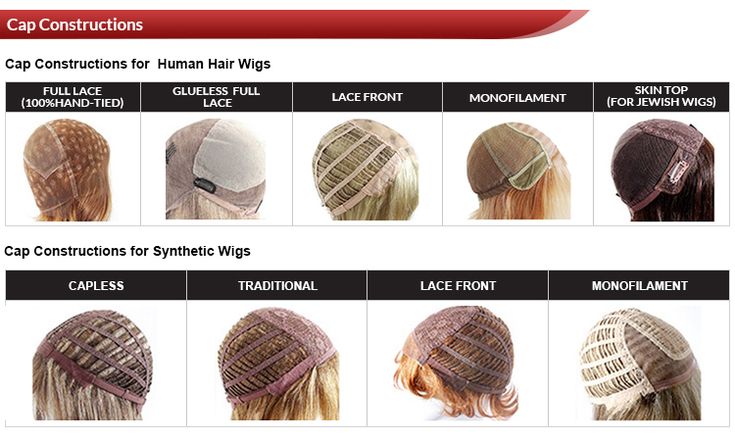
Wig Cap Construction
The construction of the wig cap is another vital factor influenced by the season.
- Open Weft Caps: Wigs with open weft caps or lace fronts are ideal for warm weather. They allow air to circulate, preventing excessive sweating and discomfort.
- Monofilament Caps: Monofilament caps offer a natural-looking scalp and are suitable for year-round wear. They can provide comfort and breathability in hot weather while maintaining warmth in the cold.
- Full Lace Wigs: Full lace wigs are versatile and comfortable, making them suitable for transitional seasons. Their breathable construction helps regulate temperature.
Length and Texture Considerations
The length and texture of your wig play a significant role in adapting to seasonal changes.
- Length: Shorter styles are ideal for hot summers, offering less insulation and more comfort. Longer styles are perfect for cold winters, providing warmth and protection.
- Texture: Consider the texture of your wig. Curly or wavy wigs can add volume and warmth in winter, while straight styles may be preferred in summer for their lightweight feel.
Summer Wig Care Tips

Choosing Breathable Wig Caps
Wig caps play a crucial role in ensuring comfort and maintaining the integrity of your wig, especially in hot and humid conditions. Here’s a closer look at the importance of breathable wig caps:
- Material Matters: Select wig caps made from breathable materials such as nylon or mesh. These caps allow air circulation, preventing sweat buildup and discomfort on your scalp during hot and humid weather.
- Open Weft Caps: Consider wigs with open weft caps. These caps feature gaps between wefts that enhance breathability. They’re particularly suitable for summer wear, as they keep your head cooler.
- Lace Fronts: Lace front wigs are another excellent choice for breathability. The sheer lace front provides ventilation and a natural hairline appearance.
Opting for Shorter and Lighter Wig Styles
Choosing the right wig style for hot and humid conditions is essential for comfort and ease of maintenance:
- Shorter Styles: In sweltering weather, shorter wig styles like pixie cuts, bobs, or shoulder-length wigs are advantageous. These styles are inherently lighter and provide better air circulation, minimizing heat buildup.
- Lightweight Materials: Opt for wigs made from lightweight synthetic fibers or human hair. These materials are less prone to trapping heat and are more manageable in hot and humid conditions.
- Layered Styles: Layered wig styles can also help reduce weight and maintain a cooler temperature on your scalp.
Proper Maintenance in Hot and Humid Conditions
Maintaining your wig in hot and humid conditions can be a challenge, but with the right practices, you can keep it looking great:
(1)Washing and Conditioning
- Frequency: Wash your wig regularly in hot and humid weather to remove sweat and oils that can accumulate. Aim for every 6-8 wears.
- Use the Right Products: Choose wig-specific shampoos and conditioners. These products are designed to clean and hydrate wig fibers without causing damage.
- Cool Water: Use cool water for washing and rinsing. Hot water can cause synthetic wigs to lose their shape.
(2)Styling and Avoiding Frizz
- Anti-Frizz Products: Use anti-frizz products, like serums or sprays, to keep your wig looking sleek in high humidity.
- Avoid Heat Styling: Limit the use of heat styling tools during hot and humid weather, as they can exacerbate frizz. Instead, opt for heat-free styling methods like braiding or pinning.
(3)Storage Tips
- Proper Drying: Ensure your wig is completely dry before storing it. Any moisture left in the wig can lead to mold and odors, which are common issues in humid climates.
- Wig Stands: Use wig stands or mannequin heads to store your wigs. This helps maintain their shape and allows air circulation.
Winter Wig Care Tips
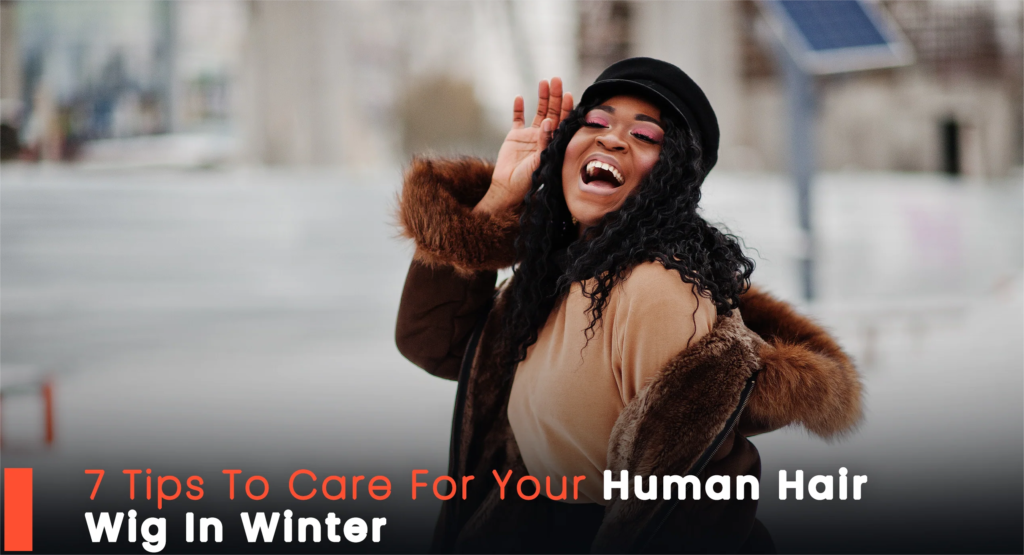
Insulating Your Wig for Warmth
In cold and dry winter conditions, it’s essential to ensure that your wig provides insulation and warmth to keep you comfortable. Here’s how to insulate your wig effectively:
- Thicker Wig Materials: Choose wigs made from thicker materials, such as human hair or high-quality synthetic fibers. These materials provide better insulation against the cold and help maintain a comfortable temperature on your scalp.
- Double-Layered Caps: Consider wigs with double-layered caps or added lining for extra warmth. These caps act as a barrier against the cold and help to trap heat close to your head.
- Hat or Headscarf: To further insulate your wig, wear a snug-fitting hat or headscarf over it. This additional layer provides extra warmth and protection from the winter chill.
Selecting Longer and Thicker Wig Styles
During the winter months, longer and thicker wig styles not only keep you warm but also offer additional protection against the cold weather:
- Longer Styles: Opt for wigs with longer lengths, such as those with flowing locks or layers. Longer wigs provide extra coverage for your neck and shoulders, keeping you warm and stylish.
- Thicker Textures: Consider wigs with thicker textures, such as curly or wavy styles. These textures create an extra layer of insulation and volume, which helps maintain warmth.
- Fuller Styles: Choose wigs with more volume and fullness, as they can provide additional protection against cold drafts and wind.
Combatting Static and Dryness
Static electricity and dryness are common challenges during the winter season. Here’s how to combat these issues and maintain your wig’s health and appearance:
(1)Moisturizing and Conditioning:
- Regular Conditioning: Increase the frequency of wig conditioning during the winter. Use a high-quality wig conditioner to keep the hair fibers hydrated and prevent dryness.
- Leave-In Conditioner: Consider using a leave-in conditioner to provide continuous moisture and prevent static buildup.
(2)Heat Styling Precautions:
- Reduce Heat Styling: Minimize the use of heat styling tools like straighteners and curling irons during winter. These tools can further dry out the wig’s fibers.
- Heat Protection Products: When heat styling is necessary, use heat protection products to shield the wig from excessive heat damage.
(3)Proper Storage During Winter Months:
- Temperature-Controlled Storage: If you have multiple wigs, store them in a temperature-controlled area to prevent exposure to extreme cold, which can make wig fibers brittle.
- Avoid Humid Areas: While combating dryness is important, avoid storing wigs in overly humid areas, as this can lead to mold growth.


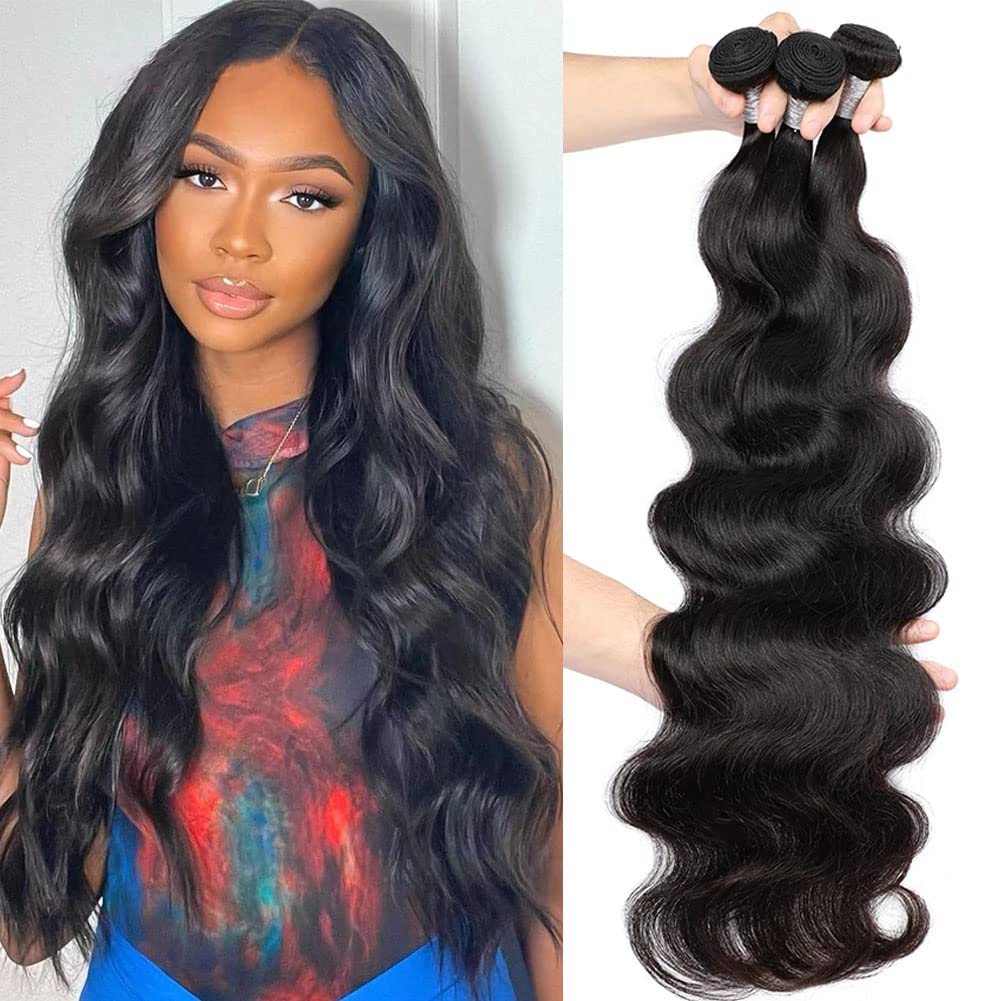
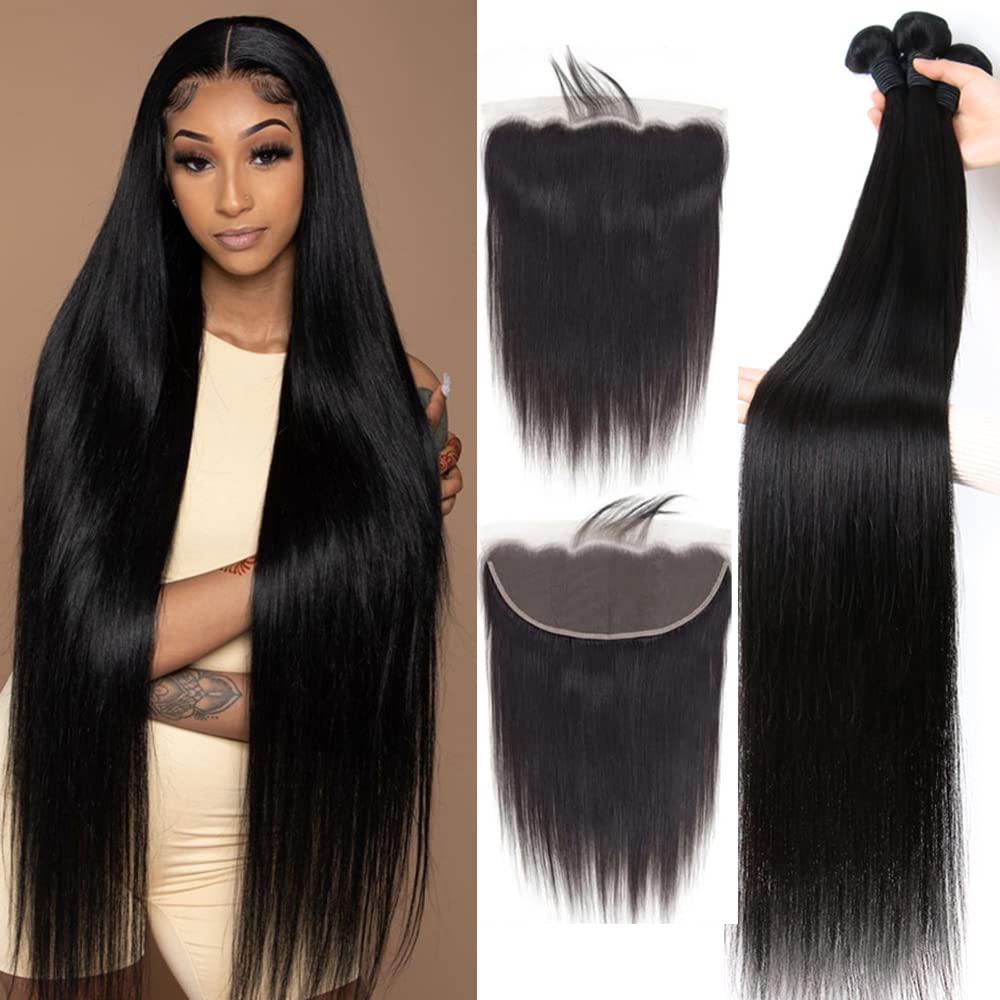
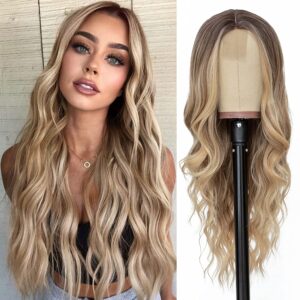
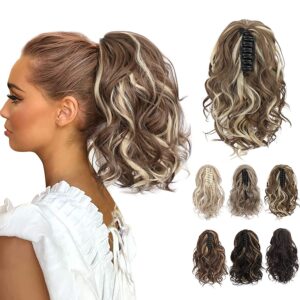
.jpg)



